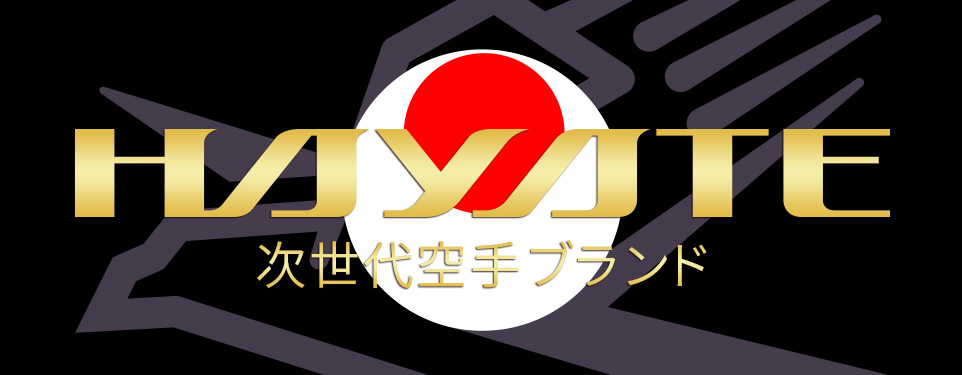1: Sensei Funakoshi’s decision【Kusahara Katsuhide, Chairman of JKA 】
Karate-do is one of the Japanese martial arts, but it was originally developed in Okinawa under the influence of Chinese Kenpo, or Chinese martial arts. About 100 years ago, it was introduced to Japan’s mainland, where it then developed into what we know today as karate-do.
Okinawa was known as the Ryukyu Kingdom until about 150 years ago. In 1609, shortly after the start of the Edo period, it was invaded by and fell under the control of the Satsuma clan (which was a domain of the Tokugawa Shogunate based in what is regarded today as the southern province of Kagoshima). At the same time, it continued to maintain a feudal relationship with China as its suzerain. As a result of being loosely governed by two nations and the influences of both cultures, a unique style of hand-to-hand martial arts diverged from Chinese Kenpo. Thus, a new form of Ryukyu Kenpo called “Te,” or “Hand,” was born, and it spread quietly among the civil servants who worked for the royal government.
After the Meiji Restoration, when the Ryukyu Kingdom was abolished and annexed by Japan as Okinawa Prefecture, karate temporarily declined in the area due to conflicts between the “Stubborn Party,” which was trying to revive the Kingdom by appealing to China’s Qing Dynasty, and the “Kaika Party,” which was sympathetic to the Meiji government. However, after Japan’s victory in the Sino-Japanese War, the situation took a dramatic turn. Karate was recognized for its effectiveness in training the mind and body of young people and was incorporated into the physical education programs in the prefecture’s schools.
The first person to introduce this Ryukyu Kenpo to the mainland was Gichin Funakoshi. At that time, he had finished his career as an elementary school teacher and was serving as the president of the Okinawa Shobukai or Martial Arts Society. In 1922, at the request of the prefecture government, he was asked to introduce “karate” at the Physical Education Exhibition held in Tokyo by the National Ministry of Education. At that time, the term “karate,” or “empty-hand,” was not yet coined, and it was introduced as “Sino-hand,” which was also pronounced “karate” in Japanese.
At the exhibition Sensei Funakoshi had only explained this new martial art using simple charts, but, a few days later, he was invited by Sensei Jigoro Kano, the founder of judo, to give a demonstration of karate at his Kodokan dojo. This event was reported in the newspapers and became a tremendous media sensation. Sensei Kano also sent him warm words of encouragement, saying, “If you are thinking of spreading this martial art in the mainland, I will spare no effort to help you do so. If there is anything you need, please do not hesitate to ask.” Needless to say, Sensei Funakoshi was deeply moved by these words. It was not long before many people were asking him to give lectures and demonstrations.
As Sensei Funakoshi postponed his return to Okinawa, a strong, passionate thought arose in his mind: “Is it not my life’s calling to spread karate throughout the mainland?” In the end, he decided to stay in Tokyo and devote the rest of his life to teaching and promoting karate. This decision resulted in his leaving his family in Okinawa. This single, solitary decision led to the development and widespread adoption of karate-do as a Japanese martial art. In fact, if it were not for Sensei Funakoshi’s resolve, karate-do as we know it today would not exist.
When I think about this, I realize once again that our lives are connected to many predecessors in ways we cannot see and often take for granted; we are who we are today because of their uncompromising efforts and our connections to their legacies. Sensei Funakoshi’s story also impresses upon me the importance of living my life in a way where I can hold my head up high and be a proud role model for future generations.





